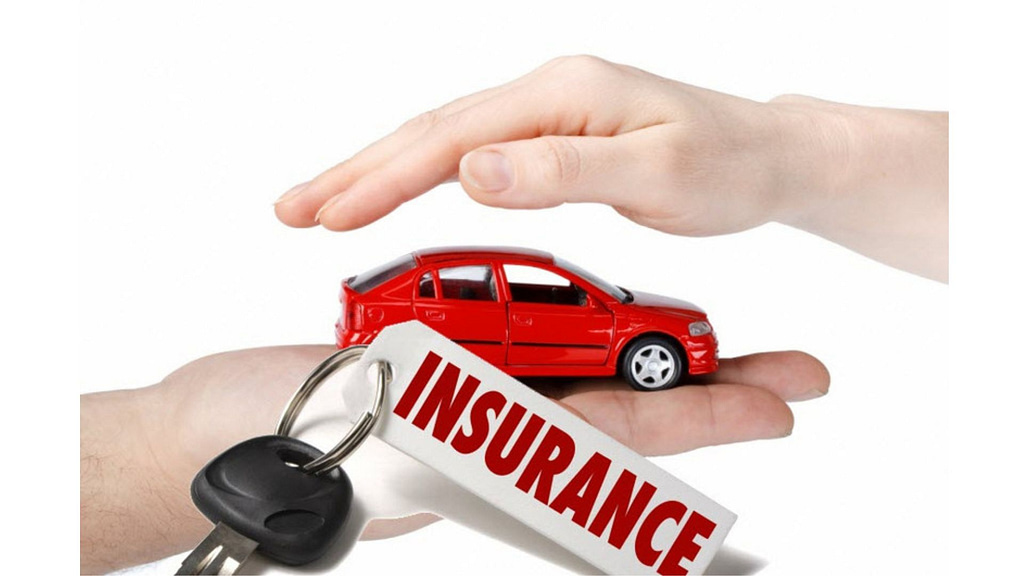Tires are an important part of a car and provide traction and support on the road. However, they also face many problems; One of them is tire bubbles. Tire blisters, also known as bulges, are raised or protruding areas on the sidewall or tread of a tire.
This may be caused by damage to the tire, such as damage or manufacturing defects. Although tire blisters may seem like a minor problem, they can pose a serious safety hazard and should not be ignored. In this comprehensive guide, we’ll explore the causes of tire blisters, the dangers of ignoring them, and how to fix and prevent them for a safe, enjoyable ride.
Key Highlights
- Understanding what a tire bubble is and the dangers of ignoring it
- Common causes of tire bubbles and how to prevent them
- DIY inspection tips for identifying tire bubbles
- When to seek professional help and the repair process explained
- Why replacement is often the only solution for tire bubbles
- Tips for preventing future tire bubbles
Understanding Tire Bubbles

Before we delve into the causes and solutions of tire bubbles, let’s first understand what exactly a tire bubble is. A tire bubble is an area of the tire where the inner layers have separated, causing a bulge or protrusion on the sidewall or tread. This separation can be caused by various factors, including impact damage, manufacturing defects, or even driving over rough roads.
When the tire’s inner liner is compromised, air can escape to the outermost surface of the tire, leading to the formation of a bubble. It’s important to address tire bubbles promptly as they can indicate structural damage and pose safety risks if left unattended.
What Is a Tire Bubble?

A tire bubble is a visible bulge or protrusion on the sidewall or tread of a tire. This bulge is caused by air that has escaped the inner layers of the tire and has accumulated in the outermost surface. Tires are composed of several layers, including the inner liner, body plies, and sidewall.
The inner liner is responsible for maintaining air pressure in the tire, while the sidewalls provide support. When the outer layers of the tire are damaged or malfunction, air can escape between the tires and cause an accident. These bumps are a clear indication that the tire is damaged and require immediate attention to avoid danger.
Common Causes of Tire Bubbles

Tire bubbles can occur due to various reasons, and it’s important to identify the cause to prevent them from reoccurring. One common cause of tire bubbles is impact damage, which can occur when the tire comes into contact with an obstacle such as a pothole, curb, or road debris.
The force of the impact can cause the layers of the tire to separate and bubbles to form. Another reason is a manufacturing defect that occurs when the tire is not made correctly, which causes a weak spot that will cause a bump. Other things that can cause a tire balloon include driving on rough roads or overloading the truck, which can cause the tire to overinflate. By understanding these reasons, you can take steps to prevent bubbles from forming in your tires.
The Dangers of Ignoring Tire Bubbles
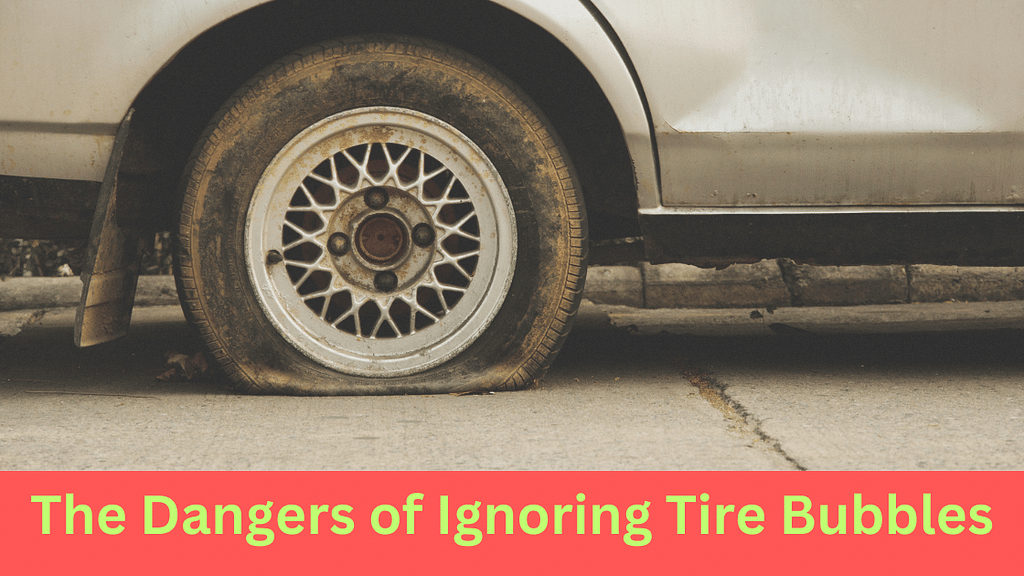
Ignoring a tire bubble can have serious consequences for both your safety and the performance of your vehicle. One of the primary dangers is the risk of a tire blowout. A tire blowout occurs when the pressure within the tire exceeds its capacity, causing a sudden release of air.
This could lead to loss of vehicle control and an accident, especially at high speeds. Additionally, blisters in tires can affect the vehicle’s overall performance, including handling, braking, and fuel efficiency. It is important to resolve tire problems quickly to ensure you stay safe and maintain good performance.
Safety Risks Associated with Tire Bubbles
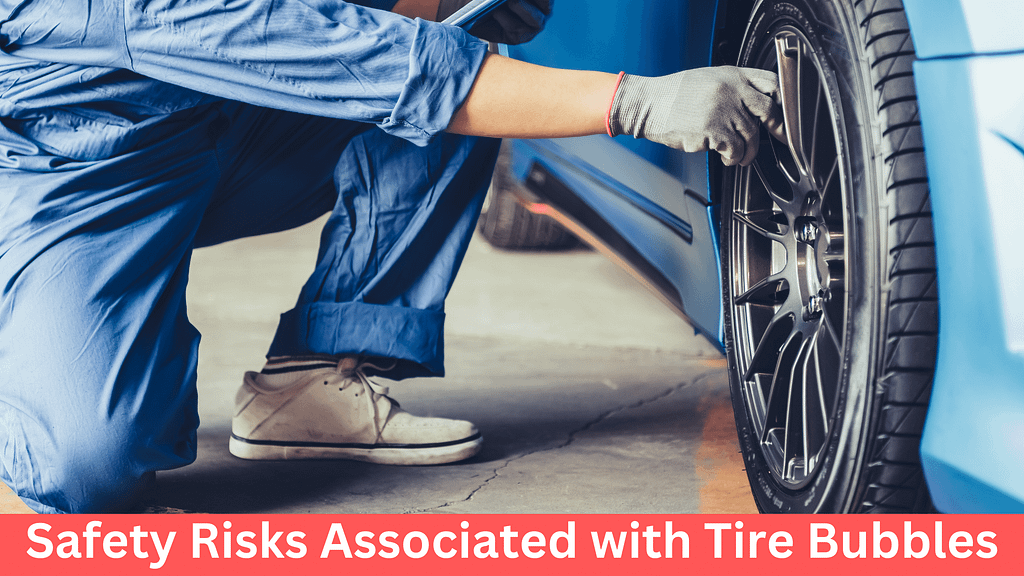
Tire bubbles pose significant safety risks that should not be overlooked. One of the most critical risks is the loss of control of your car. When a tire bubble forms, the structural integrity of the tire is compromised, making it more susceptible to failure.
This can cause air to fall out while driving and can be dangerous. This is especially dangerous on the highway because sudden loss of control can lead to loss of control and increased risk of an accident. Resolving tire problems quickly is important to avoiding safety risks and maintaining your vehicle.
The Impact on Vehicle Performance
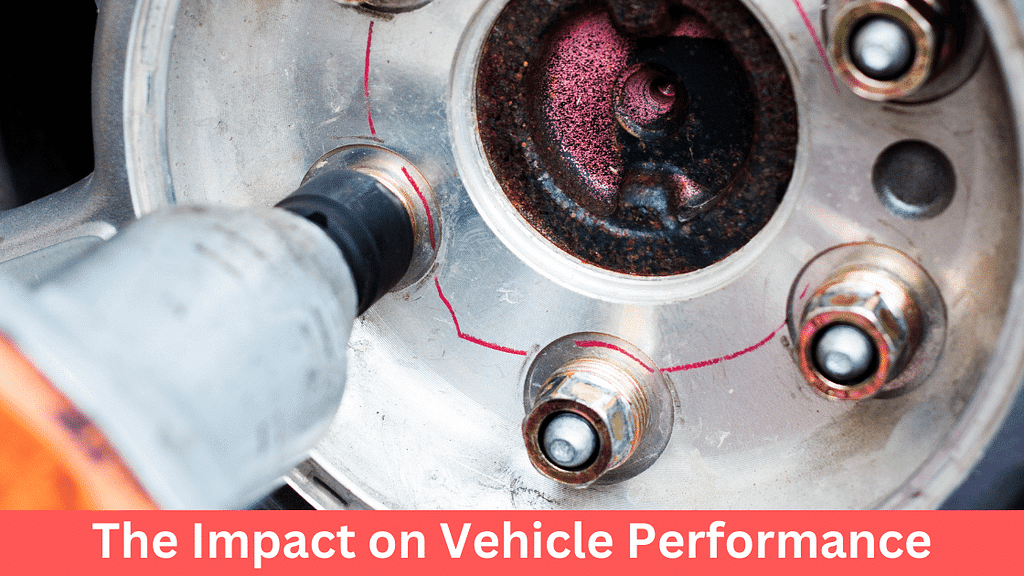
In addition to safety risks, tire bubbles can also have a significant impact on the performance of your vehicle. When a tire bubble forms, it disrupts the even distribution of weight and pressure on the tire, affecting its balance and stability. This can result in compromised handling, reduced traction, and decreased braking performance.
Additionally, tire blisters can make the tire unstable, affecting the tire’s performance and lifespan. If left untreated, a tire blister will cause the tire to burst and leave you stranded on the road. To improve performance and prevent these problems, it is important to solve the problems in the tires and replace the affected tires.
DIY Inspection: Identifying Tire Bubbles
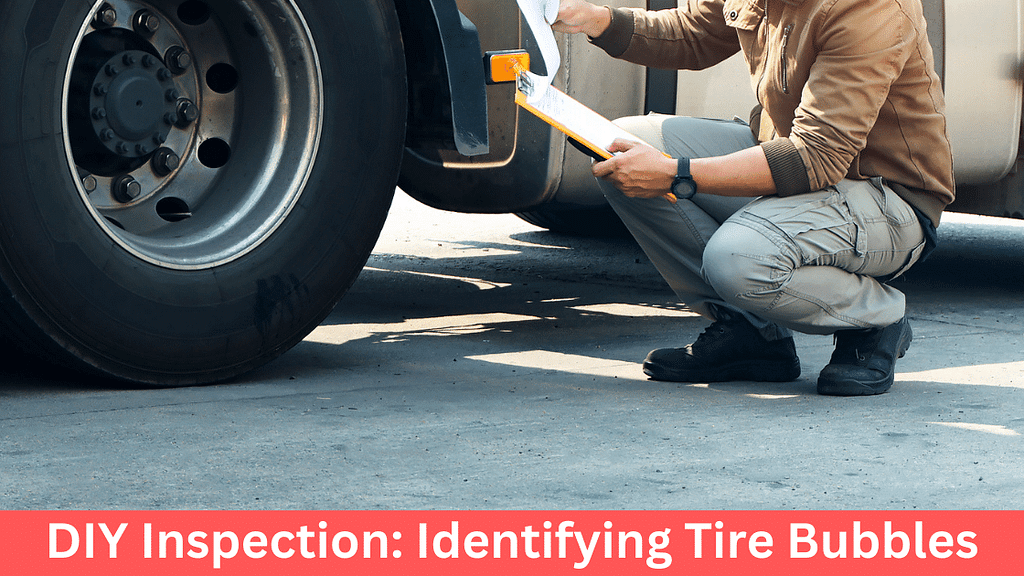
Performing regular inspections of your tires is essential for identifying and addressing tire bubbles. Visual inspection is the first step in identifying tire bubbles. Start by examining the sidewalls and tread of each tire, looking for any irregularities or bulges. A tire bubble will appear as a visible protrusion or bulge on the tire’s surface.
However, it is important to remember that not all irregularities in the tire are bubbles because other factors such as the tire or the wall can also be damaged to see similar differences. Gently move your hand over the raised area to separate the blisters from other blisters. If it feels soft or spongy, your tire may be flat. Also, use a tread depth gauge to check the depth of your tire to ensure it meets the recommended tread depth for safe driving.
Visual Inspection Tips
Performing a visual inspection of your tires is a crucial step in identifying tire bubbles. Here are some tips to help you conduct an effective visual inspection:
- Start by examining the sidewalls and tread of each tire, looking for any bulges or irregularities.
- Gently run your hand over any suspected bulges to check for a soft or spongy feel, which is indicative of a tire bubble.
- Pay attention to any visible cracks, cuts, or tears on the tire’s surface, as these can also be signs of damage.
- Use a tread depth gauge to measure the depth of the tire tread and ensure it meets the recommended minimum depth.
- If you notice any abnormalities or are uncertain about the condition of your tires, it is recommended to seek professional help for a thorough inspection.
By following these tips, you can effectively identify tire bubbles and take the necessary steps to address them promptly, ensuring the safety of your vehicle and passengers.
When to Seek Professional Help
Although a visual inspection can help you detect bubbles in tires, it’s important to know when to get help. If you see anything odd about your tires or are unsure of their condition, it is recommended that you consult an expert for a detailed analysis. It is also very important to seek professional help in the following cases:
- You are unable to locate or confirm the presence of a tire bubble during your visual inspection.
- You do not have the necessary tools or expertise to address the issue yourself.
- You are on the road and do not have access to a spare tire or a nearby gas station for assistance.
Professional technicians have the knowledge and equipment to accurately diagnose and address tire bubbles. They can provide professional solutions and recommendations based on your specific circumstances, ensuring the safety and performance of your vehicle.
Professional Solutions for Tire Bubbles
When it comes to solving tire problems, a solution is often needed to solve the problem safely and effectively. Depending on the weight and location of the tire balloon, the expert may recommend one of the following solutions:
- Tire Replacement: In most cases, tire bubbles cannot be repaired and require complete replacement. This involves removing the damaged tire and installing a new one to ensure optimal safety and performance.
- Patch and Plug: In some cases, if the tire bubble is small and located in the tread area, the technician may be able to patch and plug the tire. This involves removing the tire, patching the inner liner, and plugging the puncture to seal the tire.
It is important to consult with a professional technician to determine the most appropriate solution for your specific situation. They have the expertise and knowledge to recommend the best course of action to address tire bubbles effectively.
The Repair Process Explained
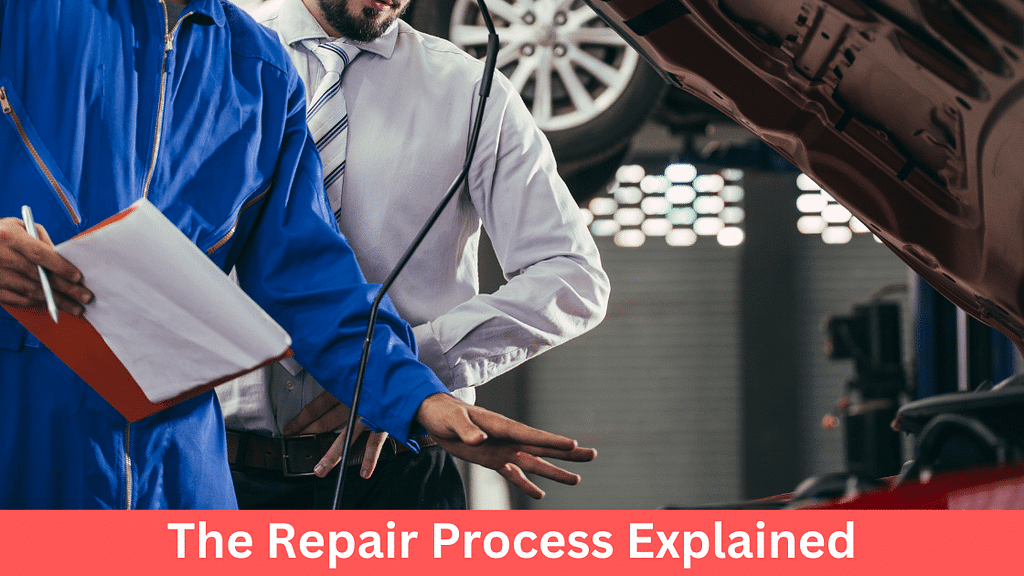
When treating cysts, the procedure will vary depending on the severity and location of the cyst. Sometimes tire blisters can be repaired using special adhesives and repair materials. This involves removing the tire from the rim, cleaning the damaged area, applying adhesives and patches, then drying and sealing.
But remember, not all tire blisters can be repaired, especially those in good places like walls. Also, if the tires are too big or the roads in your area are bad and very damaged, the repair will not be effective. It is important to consult an expert to determine the best repair method for your tire.
Why Replacement Is Often the Only Solution
In most cases, the only solution to a flat tire is to replace it. This is because tire blisters often indicate damage to the tire, especially if they are on the wall. The sidewall of a tire provides significant support and stability, and any disruption in its integrity can lead to serious risks.
Additionally, the internal structure of the tire may be affected, making it impossible to properly repair the bubbles. Additionally, even if a flat tire can be repaired, it may cause problems in the future and will not provide the same level of performance and reliability as a new tire. To ensure your safety and your vehicle’s performance, it is generally recommended to replace tires with air bubbles rather than trying to repair them.
Preventing Future Tire Bubbles
While tire bubbles can occur due to unforeseen circumstances, there are steps you can take to reduce the likelihood of their occurrence. Here are some tips for preventing future tire bubbles:
- Maintain proper tire pressure: Regularly check and maintain the recommended tire pressure to ensure even weight distribution and minimize stress on the tires.
- Drive with caution: Avoid driving over potholes, curbs, and rough roads whenever possible, as these can cause impact damage to the tires.
- Rotate your tires: Regularly rotate your tires to ensure even wear and prevent excessive stress on specific areas, reducing the risk of tire bubbles.
- Inspect your tires regularly: Perform visual inspections of your tires to detect any signs of damage or irregularities, including tire bubbles. Address any issues promptly to prevent further damage.
By adopting these preventive measures and staying vigilant about the condition of your tires, you can minimize the risk of tire bubbles and maintain the safety and performance of your vehicle.
Proper Tire Maintenance and Care

Proper tire care and maintenance are crucial to maintaining good tire performance and preventing problems such as air bubbles. One of the most important aspects of tire maintenance is proper tire maintenance.
Both over and underinflated tires increase the risk of air bubbles. Checking your tires regularly and making sure they are in good condition can help prevent air bubbles. It is important to check tires for damage such as cuts or bulges.
Regular tire rotation and alignment can also help reduce tire wear and reduce the risk of flat air bubbles. Finally, maintaining good driving habits, such as avoiding rough roads and driving within the speed limit, can also help prevent blisters.
Selecting the Right Tires for Your Vehicle
Choosing tires that are suitable for your car and the road is very important to prevent the formation of bubbles in the tires. Different tires are designed for specific uses, such as high-performance tires for driving or all season tires for everyday use. It’s important to consider the roads you typically encounter, such as wet or snowy roads, and choose tires suitable for those conditions.
Additionally, to ensure performance and safety, the tire size and load capacity must be suitable for your vehicle. Consulting a tire professional or consulting your vehicle’s owner’s manual can guide you in choosing the right tires for your specific needs. Investing in quality tires from a reputable brand can reduce the risk of tire blowouts.
Conclusion
As a result, being proactive about tire bubbles is important for your safety and the longevity of your vehicle. Ignoring bubbles in tires can pose a serious safety hazard and affect your vehicle’s performance. By understanding the causes, risks and solutions of tire blisters, you can manage them effectively.
Regular inspections and professional service are essential to keep your tires safe and reliable. Remember that taking precautions through proper tire maintenance is always better than fighting the hazards on the road. Stay safe, stay safe and keep your tires in top condition.
Step-by-Step: How to Fix a Deep Scratch on a Car
Frequently Asked Questions
Can I Drive with a Tire Bubble?
No, it isn’t always safe to power with a tire bubble. A tire bubble suggests inner harm to the tire, and driving on a tire with a bubble will increase the chance of a tire blowout, which could lead to loss of automobile manipulate. it’s far essential to update the tire with a spare or searching for professional assist to replace the tire straight away.
How Much Does It Cost to Replace a Tire with a Bubble?
The cost of replacing a tire balloon can vary depending on many factors, including the size of the tire and whether you have accident insurance. It’s best to consult a tire professional to get an accurate estimate for your specific situation.
How Can I Tell If My Tire Bubble Is Dangerous?
You can view your tire to determine if bubbles are dangerous. It will be more dangerous if the bubble is large or located on the wall of the tire. Additionally, if the tread depth is low or there is other damage such as cuts or bulges, there will be a greater risk of blisters forming in the tire.
Are Some Tires More Susceptible to Bubbling Than Others?
Although rubber blisters can occur in any tire, some tires are more prone to them due to poor quality manufacturing or materials. It’s important to choose tires from a reputable brand and inspect them regularly for signs of damage or blisters.
What Should I Do If I Notice a Bubble During a Road Trip?
If you notice a bubble during a road trip, it is best to stop and assess the situation. If the bubble is large or the tire shows signs of damage, it is recommended to replace the tire with a spare or seek professional help. Continuing to drive on a tire with a bubble can be unsafe.



